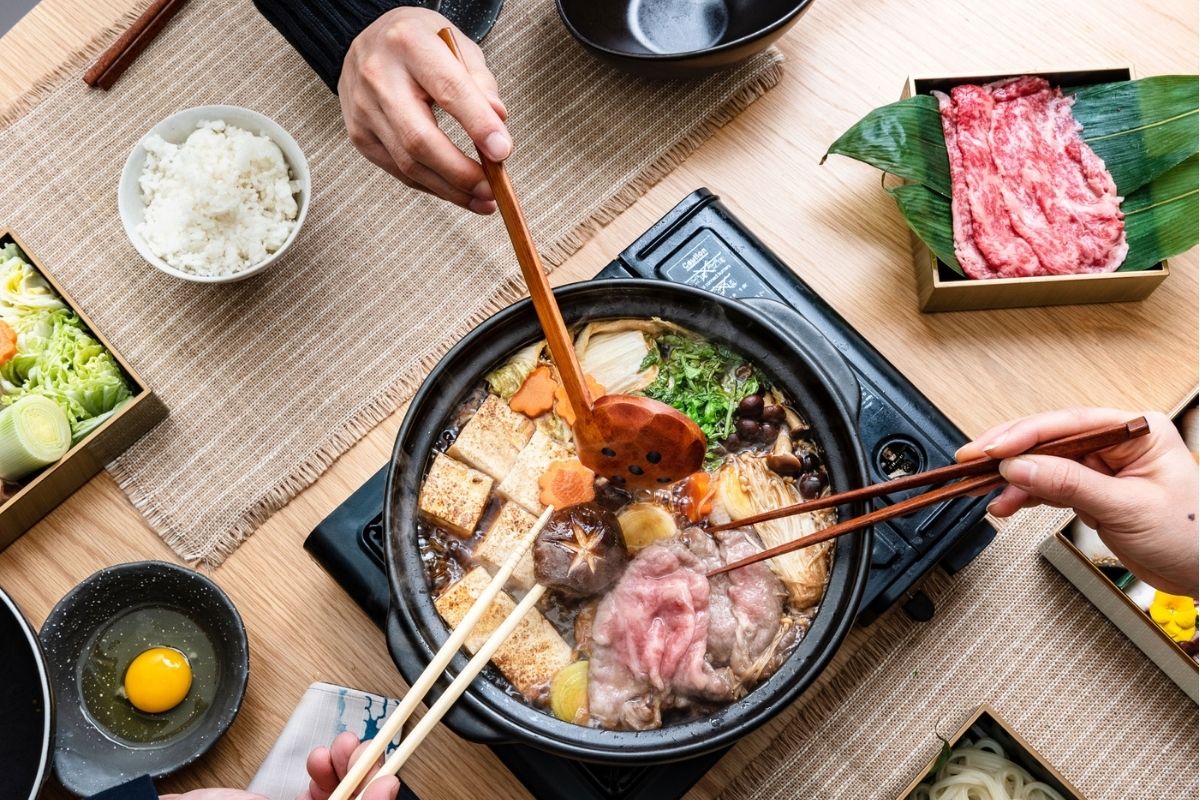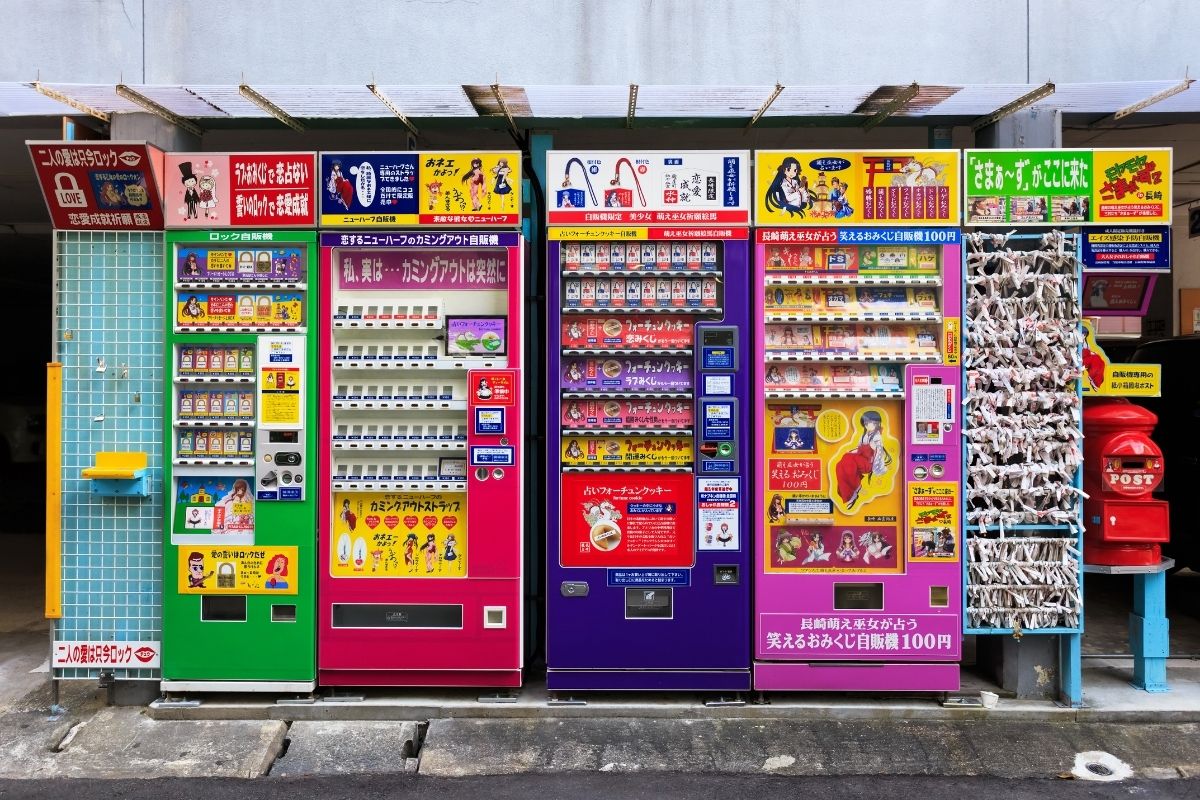
SUKIYAKI, THE TRADITIONAL DISH OF JAPANESE CUISINE
Sukiyaki (すき焼き, pronounced “suu-kee-ya-kee”) is one of the most popular recipes in Japanese cuisine : a traditional single dish that combines different ingredients, such as braised beef, vegetables, shallots, mushrooms, tofu, spices , noodles and eggs, in a hot broth.

TENOHA Milano Sukiyaki © TENOHA Milano by Anna Daverio
A classic dish in winter, similar to Chinese hot pots , it is one of the so-called "nabemono", literally translated "pot things". An emblem of conviviality and sociability, given its long cooking it is often consumed during bonenkai , parties with friends and colleagues , in company, while talking at the table during special occasions.

Poster - The Tale of Edo Sukiyaki © Behance - SHA inc.
This traditional Japanese specialty has an evolved food and wine history, which has its roots back more than 1300 years ago. The literal meaning of “sukiyaki” is in fact “grilled on a plow” and refers to the time when fish and tofu were grilled outdoors by farmers, without cooking equipment, using a plowshare instead of an iron griddle.

Winter Blues - Homemade Sukiyaki © Itadakimasu Anime!
As we know it today, sukiyaki is a development of modern Japanese cuisine that emerged at the end of the Edo period. When Buddhism was introduced to Japan , in fact, the killing of quadrupeds for food was officially prohibited: people abstained from eating meat and animals were considered essential to work.
During the Meiji period, between the 19th and 20th centuries , prolonged contact with Western cuisine and national political choices erased the taboo on meat consumption, leading to the formal repeal of the ban in 1872.

A cut of Kagoshima 5A Wagyu Beef © TENOHA Milano by Anna Daverio
Sukiyaki is now often consumed in restaurants that also offer shabu shabu , another very similar dish from the Japanese culinary tradition , in which the prized Kobe meat is also used as an ingredient. What's different between shabu shabu and sukiyaki? The difference is in the taste: sukiyaki has a much stronger flavor.
To understand how this specialty is not only rooted, but also common in Japan, just think that there have been many sukiyaki-flavoured savory snacks on the market for several years now: chips and savory biscuits characterized by a soy, egg and meat flavour.

Accessories for the preparation of Sukiyaki © TENOHA Milano by Anna Daverio
Another peculiarity of sukiyaki is the significant difference between East and West Japan , that is, between the regions of Kansai, where Osaka is located, and Kanto, where Tokyo is located .
For example, in Tokyo the ingredients are boiled all together in warishita - a previously heated soy sauce, mirin, sake and sugar, while in Osaka the meat is first cooked on the grill, then the other ingredients are added and brought to the boil in water. and sake. In eastern Japan the ingredients are mixed in the cooking broth beforehand (Kanto Style), while in the western part they are combined with the sauce at the time of consumption (Kansai Style).
The famous song “Sukiyaki” recorded by KyuSakamoto in 1961
A curiosity? The song "Ue Wo Muite Aruko" , a success in the history of Japanese music, recorded in 1961 by Kyu Sakamoto in the Showa period, is known by the alternative title "Sukiyaki", not because it is dedicated to the Japanese recipe, but due to the concern that the original it would have been too difficult to pronounce.
It is one of the best-selling singles of all time internationally, with over 13 million copies: it is not only the only Japanese song, but also the first non-European song to have ever reached the top of the Billboard Hot100 charts in the USA, remaining there for several weeks in 1963. In recent times, it was used in the soundtrack of the Japanese animated film "Poppy Hill" directed by Gorō Miyazaki, son of Hayao, in 2011.
TENOHA E-SHOP
the first Japanese concept store in Europe: online
TILLANDSIA Rope Xerographica - €45.00








